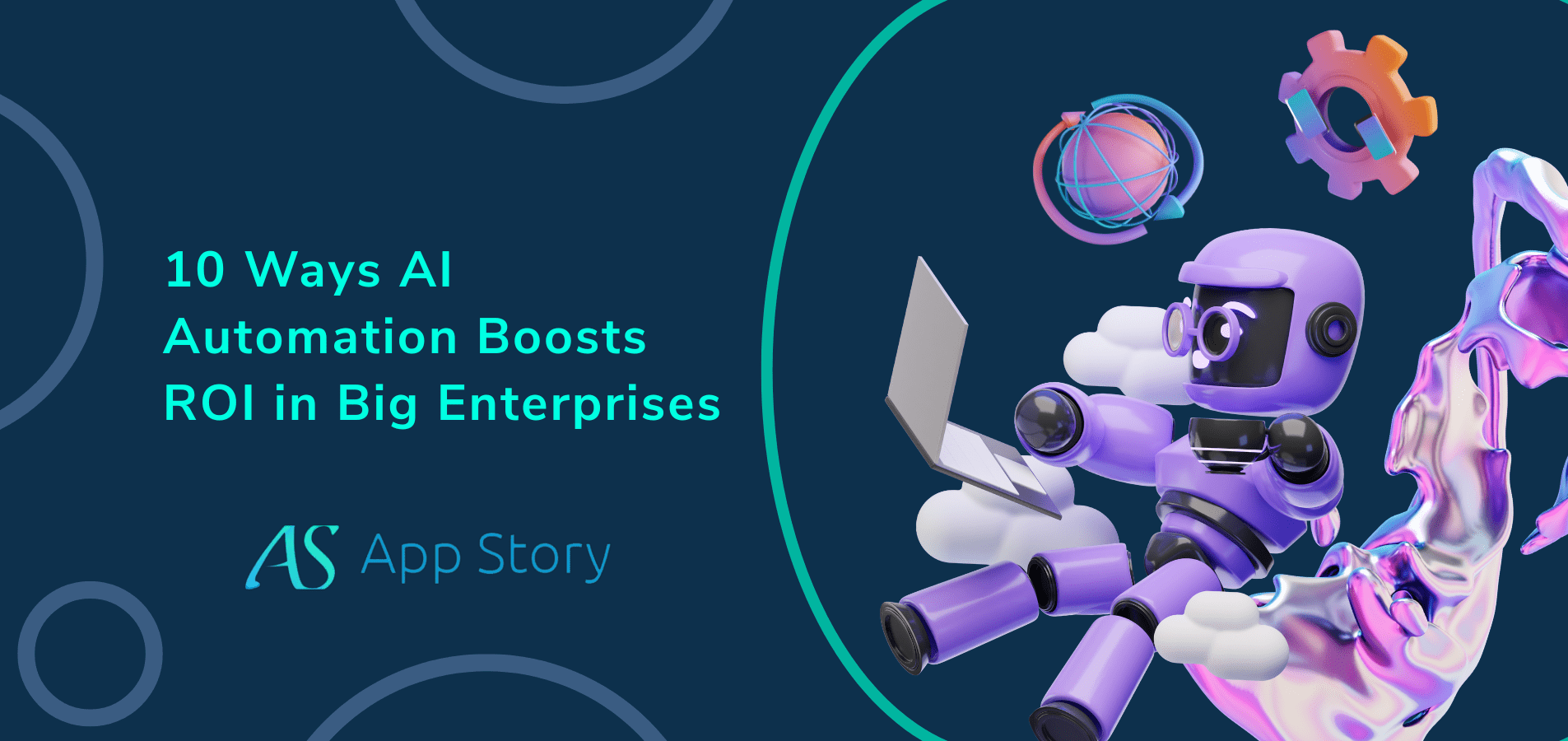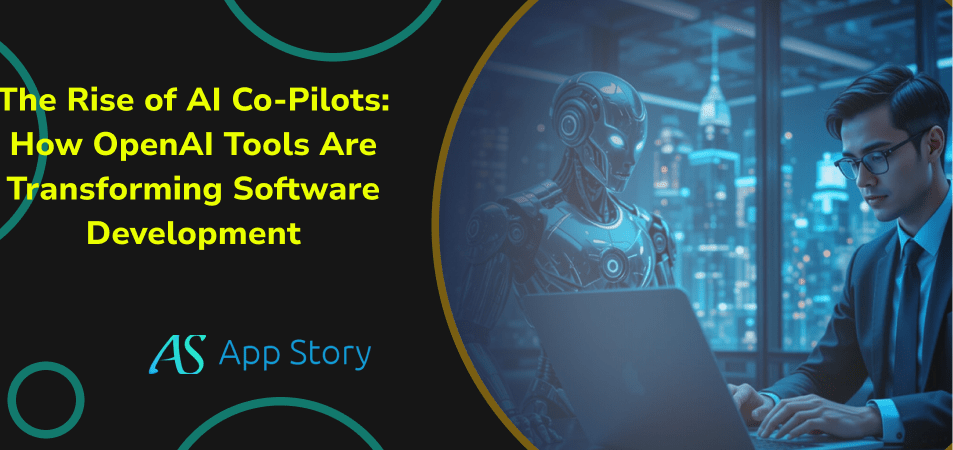In the physical world, we leave traces of ourselves like hairs, fingerprints, DNA, clothing fibre and more while moving and interacting with people and objects. The same happens in the digital world and it is our impression which at times turns against us that we know as cybercrime. Traces in the digital landscape include timestamps, activity logs, metadata, cluster of files or even fragments that may include valuable details.
Remember that all these leftovers can form the basis of a document or piece of software essential for legal purposes such as identification of potential criminal parties and activists involve in a case. It can even be a resource that can modernise details or can evaluate credentials of potential victims. Whatever the cause, all these digital traces falls under the umbrella of digital forensics that is essential to cyber security!
About Digital Forensics
In formal or industrial terminology, digital forensics is also known as cyber or computer forensics which is gathering, analysis and concluding on the details eventually found over the computing devices and networks. This process however in legal terminology is admissible or allowed whether conducting a criminal or civil investigation, documenting a commercial or private setting and so on. With this, digital forensic operations are applicable under law enforcement, probing of institutional, commercial or private applications as well as with cyber resilience.
Mobile forensics
The mass expansion of IoT (Internet of Thing) and mobile devices across the world sets the stage for entire subcategory of new disciple that is digital forensics, associated to all such hardware. Generally known as cell phone or mobile forensics, this niche takes into account many different things including recovery of lost mobile data including text messages, call records, customer data, digital transactions details alongside previous identification and removal of mobile malware of any sort.
Speaking of mobile malware, it’s a double-edged sword factor of the digital forensics in a way that the techniques used by investigators and cyber-security professionals in extracting malware on mobile devices. These devices may be in the hands of cyber criminals and hackers due to which these can counteract by targeting victim’s devices and extracting valuable data.
Scientific digital evidence
All our online activities and behaviour leave some clear traces of ‘digital fingerprint’ ranging from browser’s history, cookies, cached data, deleted fragments, logs and backups so on; include anything digital. For security professionals who’re either investigating origins of the data breach or protecting an enterprise, all sort of scientific/forensic digital evidence is the key to document the event, formulate a response, strategy division for implementation.
Read more: Installing Security Cameras at Home: What You Need to Know
From typical scientific point of view, studying behaviour and activities of the cybercriminals and hackers with the digital tools they employ would give an inner eye to continuous or future trends of attacks. It also helps understanding the mastermind of cybercriminal networks and emerging stresses of the malware as it spell doom to certain industries. All the obtained details can then combined to identify best practice resources and prudent to threat smart databases.
From enterprise security viewpoint, evidence garnered from digital forensic analysis helps in taking back necessary precautions in case of a massive cyber-attack or data breach. Information can be obtained about vectors of the attack, specialised or new form of active malware and the rising Advanced Persistent Threats (APTs). All of these are subtle and sustained forms of cyber-attacks that can occur unnoticed over a certain time period ranging between months and even years.
Digital forensics gathering/collection
Much like gathering physical evidence during the investigation, digital data also require careful handling for ensuring reliability and purity of the data which is a critical factor. It must be remembered that computer files are altered in one way or another even if you open them in their relevant application without actually saving them which is why a system that’s suspected holding critical information must remain untouched with data extraction being performed in a non-disruptive manner.
Conclusion
Much like other tools and techniques in the cyber-security sector, organisations also offer digital forensics as a paid service or preliminary consultancy.






 United States
United States United Kingdom
United Kingdom India
India Canada
Canada Singapore
Singapore















![10 Benefits of the Internet of Things You Should Know [2025]](https://www.appstory.org/wp-content/uploads/2025/03/ATS-10-Benefits-of-the-Internet-of-Things-You-Should-Know-2025@2x-80x60.png)




















